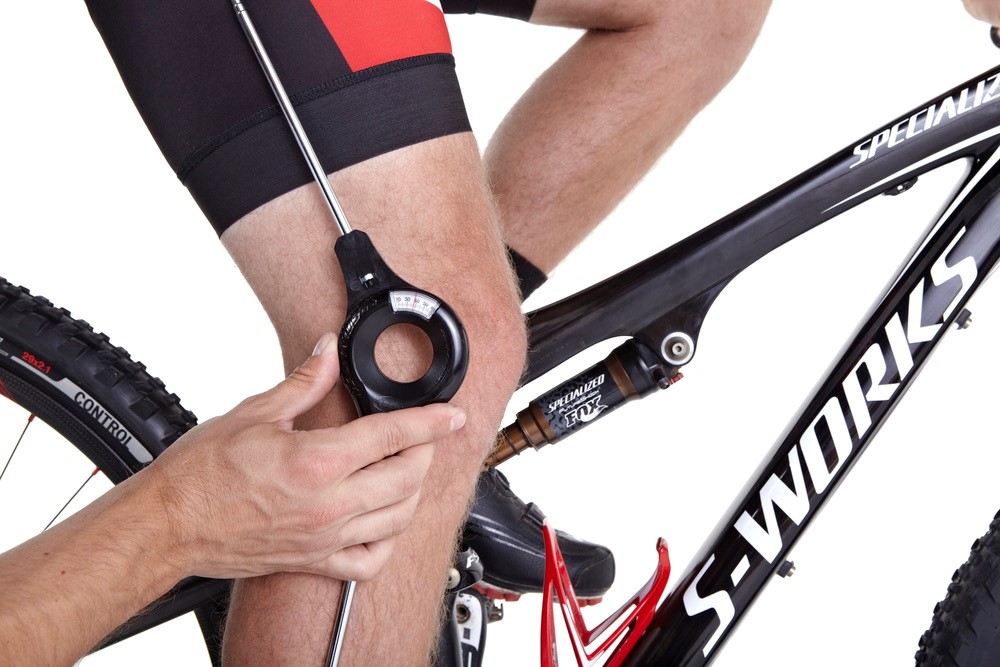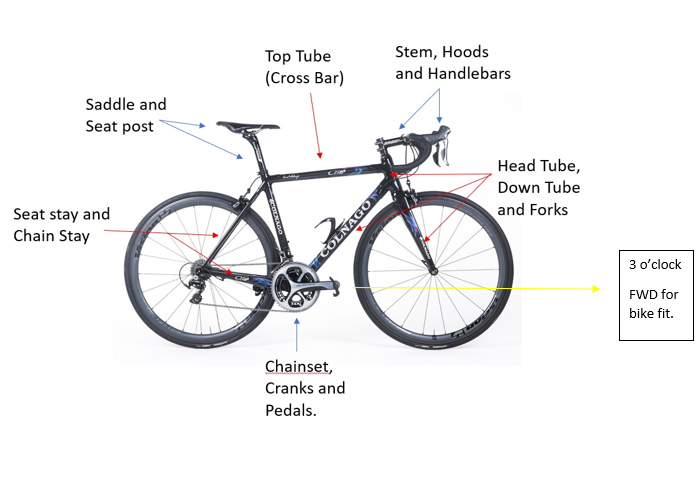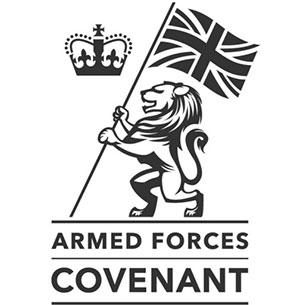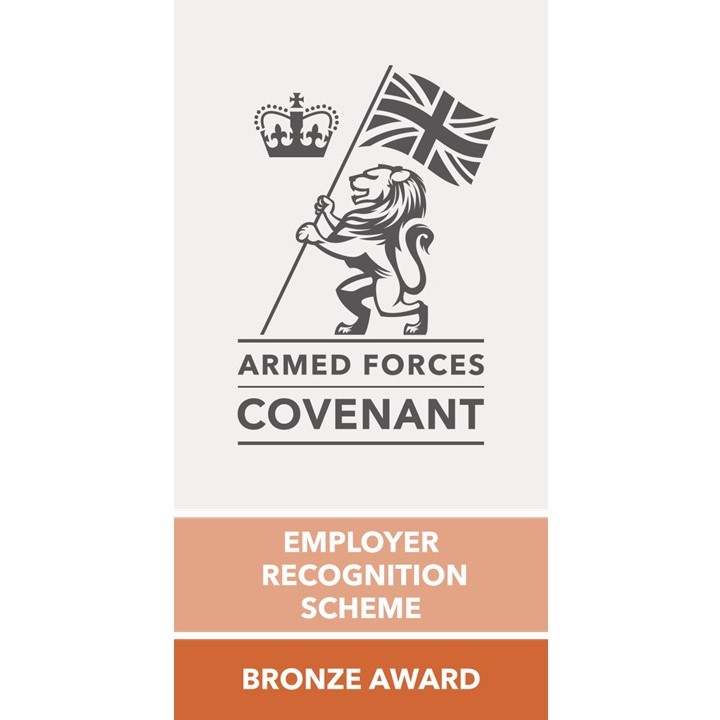Bike Fitting Tips and a Few Dos and Don’ts

Unless you’re are buying a new bike for the JetRide you will more than likely be stuck with the one you’ve got now and I want to go through a bit of advice to ensure your bike is set up to suit you as far as possible. If you are thinking about buying a new bike between now and September then I strongly recommend you make a bike fitting session an essential element of that purchase. Ideally you should be fitted for the correct size of bike you intend to buy before buying it and then have a minor tweaking session once you have the bike and have fitted your preference of pedals and saddle etc.
A badly fitting bike can lead to increased and unnecessary fatigue and ultimately pain and injury if the warning signs aren’t adhered to.
There some rules for bike fitting that must be applied even if you don’t want to go down the route of a professional bike fitting session and I’ll try cover them in this short document to help you as much as I can. If after applying the tips you are still having issues with the bike or something rings alarms bells to you then I really do suggest you go and see someone in person to have you and your bike looked at together.
There are some very good bike fitters around and it doesn’t have to cost a fortune……
Firstly, a quick reminder of bike parts and terminology.

The following tips will help you but do not make up for a frame that is the wrong size for you from the start. If you find yourself I that bracket then you should either look to borrow a bike or use it as an excuse to treat yourself ….
The start point for a good fit is the seat height. There a variety of figures given across the industry but the general rule of thumb for the technical minded is that with your foot on the pedal and the pedal at the lowest point your knee joint should be at approx. 140°. For the mere mortals without bike fitting tools a good starting point is to the highest point on your seat level with the top of your hip bone.
Once you have the correct seat height you should now look at saddle fore and aft position. This will dictate the position of your knee during the pedal stroke and will ensure you are not placing any unnecessary loading through the knee joint. Bring the leg you are using to judge the saddle position into a 3 0’clock position as detailed in the image above with your foot flat. You should then imagine a line running from the centre of your knee downwards. This should go directly through the ball of your foot and then continue through the line of the pedal axle. Adjust your seat to get that imaginary line running true @ 90° through knee – ball of your foot – pedal axle. Your seat should be set as flat as possible with no exaggerated tilt nose up or nose down.
So, you now have seat height and seat fore and aft sorted. We now go to the front of the bike and try to sort the reach to your handle bars and the handle bar height. There are many ways to address this but I will try to explain the easiest as best I can. Your body lean angle from your hips and lower back should be no more than 45° and your angle from your torso to upper arm should be approx. 90°. If you are assessing this at home sit on your bike and get a friend to take a photograph on your phone to show how your position measures up. If you have spare spacers under your stem you can easily adjust the handlebar height to change the angles but stem length is a bit more tricky.
If you are over reaching and your stem is too long, shown by an angle from hips less than 45°, you may need to reduce the length of your stem. The issue is a short stem may make your steering twitchy and make your bike unstable. If you require a stem less than 100mm to achieve the right body position I suggest you stop and seek professional advice. As much as a bike fit will help you to ride for longer with less strain on your body you do not want to turn your bike into a monster to ride and end up hanging on for dear life all day and afraid of corners!
As a guide some around my height 5’11 would usually have a stem length of 110mm and that would suit a range from 5’9-6’2 depending on the type of bike and frame shape. A 100mm would usually come as standard on bikes for folks less than 5’8-5’9 down to 5’3 ish. After that the tubes on the bike would be made to allow for a sensible length of stem to be fitted and not force the bike down the twitchy route. For the taller folks stems can go out above 130mm but that isn’t too common.
All being well you should now have a bike fitted to you and a bike that will not adversely affect your chances of completing the JetRide. If you have any doubts at all have a look on line ( GCN Videos are very good) or go and see your local bike shop for help.






















